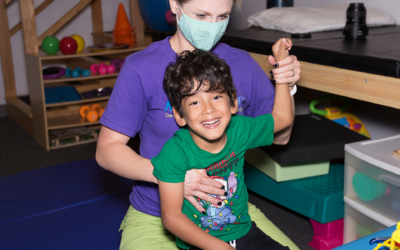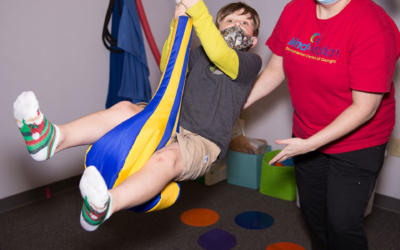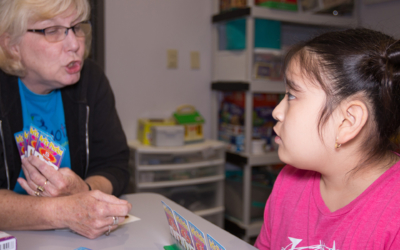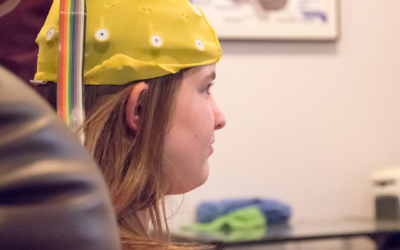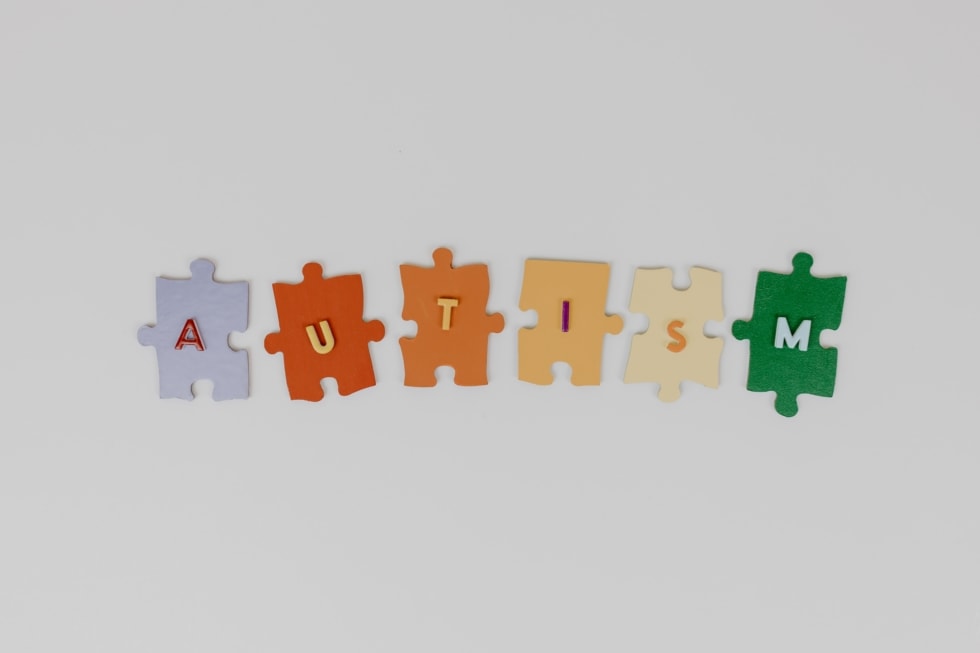
What is Autism Spectrum Disorder (ASD)?
Autism, or Autism Spectrum Disorder (ASD), is a developmental disorder that affects abilities related to communication and social skills. As it is a spectrum disorder, there are a wide range of symptoms that exist, as well as a range of severities.
In general, ASD is defined by signs and symptoms related to challenges with social skills, difficulty with both verbal and nonverbal communication, obsessive interests, and repetitive behaviors. Additionally, ASD is often accompanied by other conditions, heightened sensitivity to sensory inputs, or other health issues such as motor coordination problems, epilepsy, poor dietary habits, or sleep disorders.
Autism is more common in children than you might think, as the CDC has found that 1 in 44 children are autistic. Boys are four times more likely to be diagnosed than girls. It’s important to identify autism as early as possible, as early interventions are shown to have generally better outcomes.
Signs of ASD
Signs of autism can be detected at a very young age, currently, the tools available can help make this assessment as early as 2 years of age. Oftentimes, there will be a developmental regression occurring between the ages of 1 and 3. This often presents as a loss of language skills.
While there are many signs and characteristics that will inform an official diagnosis, there are no currently approved medical tests to specifically diagnose autism. Additionally, since ASD can present in many ways, it’s important to note that a child with autism does not have to exhibit all of the signs listed below. It’s also possible that a child does show some of these signs without meeting the full diagnosis of being autistic. This is why it is important to have your child evaluated by a professional before coming to any conclusions on your own.
A common sign of autism is difficulty with communication. Roughly 40% of people with autism are completely nonverbal. Additionally, roughly 30% of autistic children will have some kind of intellectual disability. A high percentage of children with autism are also affected by other behavioral and psychological issues, such as problems with oppositional behaviors, anxiety, depression, and ADHD.
The following is a list of many of the signs and symptoms often associated with autistic children at any age:
- Avoids or cannot maintain eye contact
- Shows little interest in others
- Follows a specific routine and gets upset by small changes
- Has unusual reactions to sensory inputs, such as tastes, sounds, or smells
- Delayed language, communication, movement, or cognitive skills
- Limited attention, hyperactive or impulsive behavior
Signs to look for in children under 2 years old:
- 9 months: doesn’t respond when name is called
- 9 months: does not show basic typical facial expressions when interacting
- 12 months: doesn’t wave or make other simple gestures showing social enjoyment
- 15 months: does not share interests with others
- 18 months: does not understand pointing or point on their own to share attention to things or events
- 2 years: does not notice when others are having significant moods like sadness, enjoyment, or distress
For a full list of signs, visit the CDC’s website.
Types of ASD
In the past, autism was generally broken down into many different types, such as Asperger’s syndrome or childhood disintegrative disorder. However, since autism is a spectrum disorder, these subtypes have recently been replaced by three levels of severity, based on the level of attention and support needed to care for that person.
- ASD Level 1: This category is for the least severe cases. People in Level 1 are high functioning and require the least amount of support. They generally will require some support with social skills and organizational help.
- ASD Level 2: This category is for people who require a moderate level of support. They need help with areas related to communication, repetitive behaviors, and having very limited interests.
- ASD Level 3: This category includes people with the most severe cases. They require substantial amounts of support in their lives, as they have very limited ability to communicate or take care of themselves.
What Causes Autism?
Autism is caused by a combination of genetic and environmental factors. However, while the genetic mechanisms are unclear, it is clear that autism is strongly linked to genetic factors. External factors, such as complications during pregnancy may increase the risk of a child having autism. This includes a mother having inflammatory and autoimmune diseases, as well as exposure to pollution and various forms of toxins. There is also a slightly higher risk of autism in children born to older parents.
Autism Interventions
Early intervention is shown to have positive outcomes in the long run, so it’s important to identify the signs as early as possible. Addressing autism at an early stage is important for improving learning, communication, and social skills, and is linked to brain development and overall symptom and life management.
ABA (Applied Behavioral Analysis) is a common form of therapy that is shown to be an effective intervention. ABA is based on learning and behavior, and is used to increase helpful behavior and decrease harmful behaviors. Overall, it can help to improve skills associated with communication, cognitive function, and overall appropriate behavior and function.
Allied Health Therapies can be helpful, such as occupational therapy or speech therapy. Get in touch with one of our occupational or speech therapists today to find the best intervention for your child.
Neurotherapies such as neurofeedback therapy or other forms of neurotherapy are also showing promise to speed up recovery of developmental abilities by improving brain function in these children. To learn more about this therapy options, get in touch with our Neurotherapy Dept.
Of course, the process starts with getting a proper evaluation by a developmental pediatrician or a licensed psychologist trained in the assessment of autism disorders.

